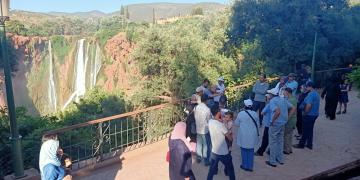Assess feasibility and develop a strategic plan
Establish a captive breeding program for release
Soft-releases and post-release management
Management and protection of the wild breeding population
Evaluation, dissemination, and effective conservation management.
